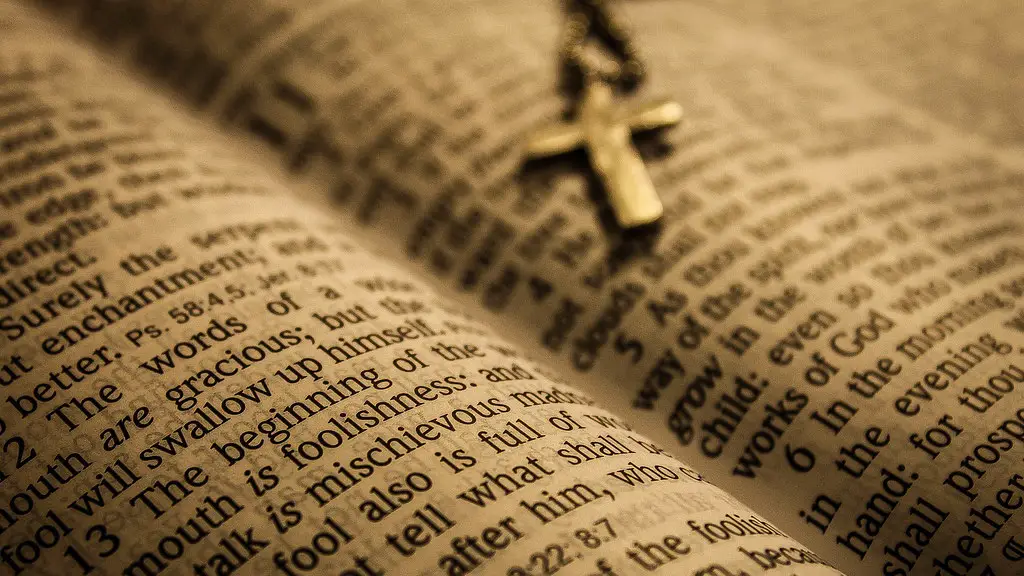The Sin of Cain
Cain is a significant character in Biblical literature and is one of the first people in the Bible to commit a great sin. The Genesis 4 passage describes how Cain, the eldest son of Adam and Eve, killed his brother Abel in a fit of envy – he slew him in jealousy for Cain’s offering was not accepted by God and was of a lesser quality than Abel’s. This led to the first recorded act of human bloodshed in the Bible, and forever created an infamous legacy for Cain.
Consequences of the Murder
God then told Cain, “Your brother Abel’s blood cries out to me from the ground”, embodying the idea that murder is an act of great consequence. As punishment, Cain was cursed to become a fugitive and a wanderer on the earth, separated from his family and the land that he had been promised by God – an extremely harsh punishment for a single transgression.
The Mark of Cain
God further protected Cain from physical harm by placing the “mark of Cain” upon him. This is the mark of shame and loneliness that will forever be associated with Cain in the Bible. This mark was designed to protect him from being killed in revenge for his actions, although there is much debate as to what this mark actually was. Most believe it was a physical and visible mark, whereas others believe it was an internal spiritual mark.
Cain’s Genealogy
The repercussions of Cain’s actions are also felt in the genealogy of his descendants. Shortly after being cursed and sent away, Cain fathered children. He had four sons, named Enoch, Irad, Mehujael, and Lamech. These sons began a lineage that would eventually lead to the Nimrod, who was the first Babylonian King and a great oppressor of the people.
God’s Mercy Towards Cain
Despite the brutality of his original crime, God still shows mercy to Cain by protecting him against harm by placing the mark of Cain upon him and allowing him to have children despite being cursed as a fugitive and wanderer. This highlights that, while punishment is necessary, so too is forgiveness and mercy.
Cain’s Significance in Cultural Texts
The story of Cain and Abel is seen as a landmark tale in both the Bible and in all of humanity’s cultural texts. Unlike the other stories in the Bible, the tale of Cain and Abel incorporates these themes of family dynamics, guilt and shame, and the effects of sin. This has been a significant influence on the way in which moral stories have been told throughout literature and history, with many modern works featuring stories based on the tale of Cain, his sin and its consequences.
Modern Interpretations of Cain’s Sin
In recent decades, the story of Cain and Abel has been used as a symbol for many different societal ills, such as violence and homicide, as well as the consequences of jealousy, envy and rage. These lessons, when applied to modern issues, can be a powerful tool for teaching moral behaviour and ethical decision-making.
Cain as a Symbol of Hubris
The story of Cain is also a tale of hubris, which is defined as ‘overweening pride or presumption’. This is seen in classical literature as the sin that leads to one person’s downfall and is a reminder to us all to remain humble and accept the limitations of our own mortality.
Cain as a Symbol of Redemption
Finally, the story of Cain is often seen as a symbol of redemption. After taking responsibility for his sin and receiving a harsh sentence, Cain still eventually received forgiveness and mercy from God, showing that no sin is too great for God not to forgive. This is seen as a positive example of the power of God’s love and forgiveness, even in the face of great tragedy and hardship.


